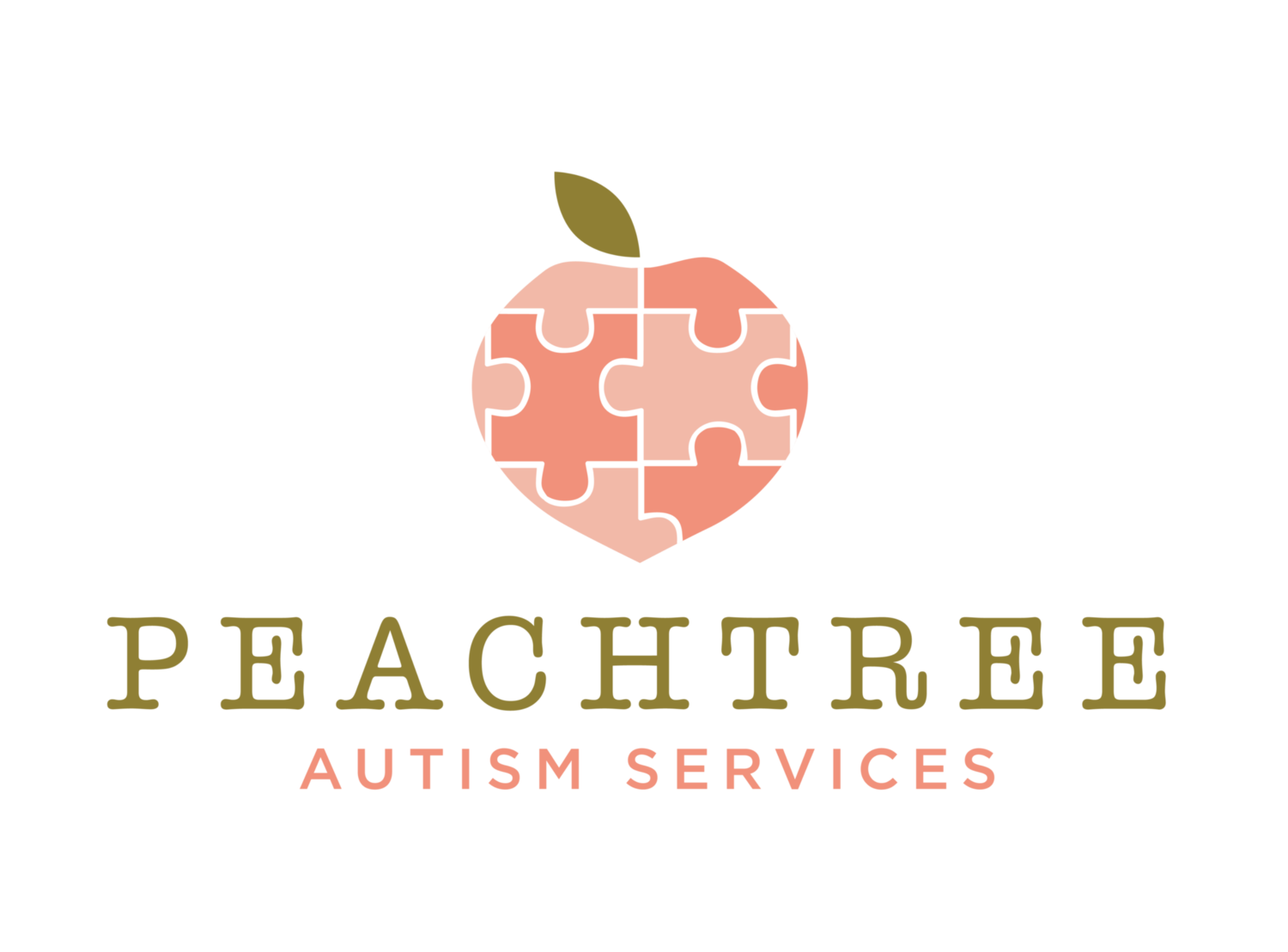A functional, systematic approach to learning that is scientifically proven to achieve long-term outcomes.
Applied behavior analysis (ABA) uses the science behind how people learn to design teaching plans that are more effective, efficient, and individualized to the learner. In ABA, we use the science of learning to teach new skills (e.g., making appropriate requests, sharing, understanding spoken language) and to decrease challenging or inappropriate behaviors (e.g., tantrums, aggression, self-injurious behavior).
ABA programs determine why problem behaviors are occurring, in order to reduce them.
We believe that all behaviors, even those that seem maladaptive, are forms of communication. When reducing unsafe behaviors, we conduct an assessment to essentially “ask” the person why he or she is engaging in such extraordinary behavior - we figure out what that person is trying to communicate for. Then we teach that person how to communicate what they’re looking for in a more appropriate way and how to accept when what they’re looking for isn’t available.
ABA programs are individualized and data-driven.
Before we start providing ABA services, we always start with assessment. This allows us to develop an individualized treatment plan that is informed by the learner and his/her family. Throughout ABA services, we collect and graph data on the learner’s performance. This allows for careful monitoring of progress to guide decision making about the skills that are being taught, the behaviors that we are trying to decrease, and the procedures that we find to be most effective for the learner.
ABA is effective.
Research has shown that ABA is a proven treatment model for individuals with ASD above all other forms of therapy. Research shows that individuals receiving early intensive ABA programming, on average, show large increases in IQ and significant gains in adaptive skill areas such as social, hygiene, play and community safety skills to name a few.
At Peachtree Autism Services, we use a variety of different techniques to support learners.
A combination of these approaches is often used within one ABA session. This is a list of some of the ABA teaching approaches used to support individuals with ASD and related disabilities:
Natural Environment Training (NET): Using NET, teaching opportunities are embedded into the natural environment and revolve around the child’s interests. The focus of NET is to practice a variety of skills that are relevant to the child in a real-life setting. For example, if a child enjoys playing with trains, then a NET session would occur while the child is playing with the trains. The child may practice asking for trains, answer questions about the trains, share the trains with the instructor, etc. Although NET appears loosely structured, the instructor is thoughtfully providing these natural teaching opportunities and using the child’s motivation to engage with the preferred activity at the same time. Teaching opportunities during NET are systematic and based on current goals from the treatment plan.
Naturalistic Developmental Behavioral Interventions (NDBI): NDBI combines the techniques of ABA with the science of how humans grow and develop. This is fundamentally important with young learners/early intervention. At PAS, we use the Early Start Denver Model with our early intervention learners. This approach is similar to NET in that young children learn through interactive play and natural, daily routines. The specific goals that are taught are informed by skills that are developmentally appropriate for the learner due to his/her chronological age. Within NDBI, there is an emphasis on teaching children to initiate and be spontaneous with their learning.
Verbal Behavior Approach (VB): The focus of VB is teaching communication. Consistent with ABA, the theory behind VB is that all language has a purpose or function. Making requests (“mands”), labeling things in our environment (“tacts”), listening and responding to sounds in our environment (“listener-responding skills”), echoing things we hear (“echoics”) all serve different functions. VB teaching sessions optimize language opportunities by using prompting and reinforcement to teach across these different areas of language.
Discrete Trial Training (DTT): DTT provides a structured approach to teaching. During DTT teaching sessions, steps are broken down into smaller, more “discrete” units. For example, for teaching clothing items instead of teaching multiple clothing items at once, a picture of a shirt might be presented and the child would be given the instruction, “Where is the shirt?” and the child would be prompted to respond by selecting (e.g., touching, pointing) the shirt. Once the child masters ‘shirt’ other clothing items (e.g., shorts) would be taught individually and then the child would be taught to discriminate between known clothing items when presented together (e.g., touches shirt when shirt and shorts are presented together). Positive reinforcement in the form of tangible rewards (toys, candy) is often used for correct responses. DTT has been researched extensively and has been shown to be very effective for teaching children with autism.


